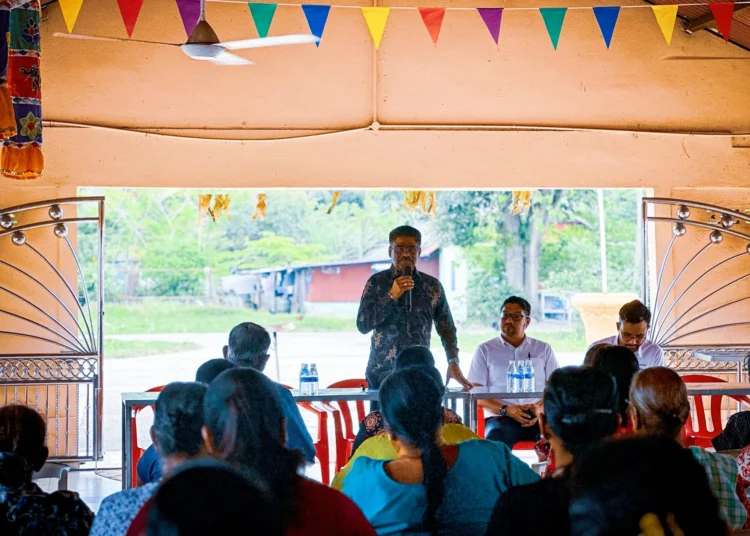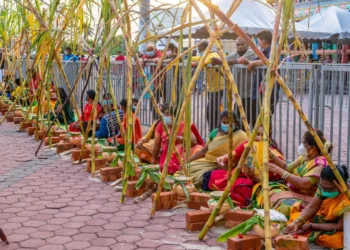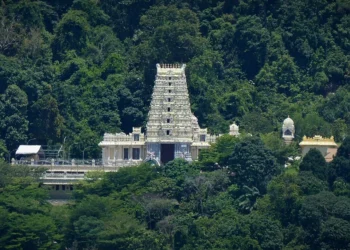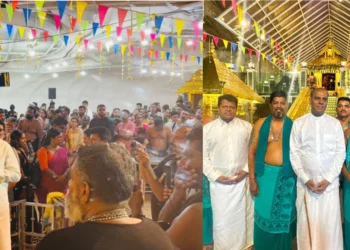Thundering from Perak’s eco tranquility, the century old Om Siva Sakthi Kuil Kanthan Kallumalai Sri Kaliamman or fondly known as Kanthan Sri Kallumalai Maha Kaliamman Temple, is located along the foothills of Gunung Kanthan in Perak’s Kinta Valley National Geopark, which is half a billion years old.
However, the possibility of new quarrying activities at Gunung Kanthan, has raised concerns among worshippers and the temple committee over the Perak government’s decision to grant a lease for the ground where the temple stands. Quarrying activities might cause harm to the ecosystem and threaten the environment surrounding the temple.
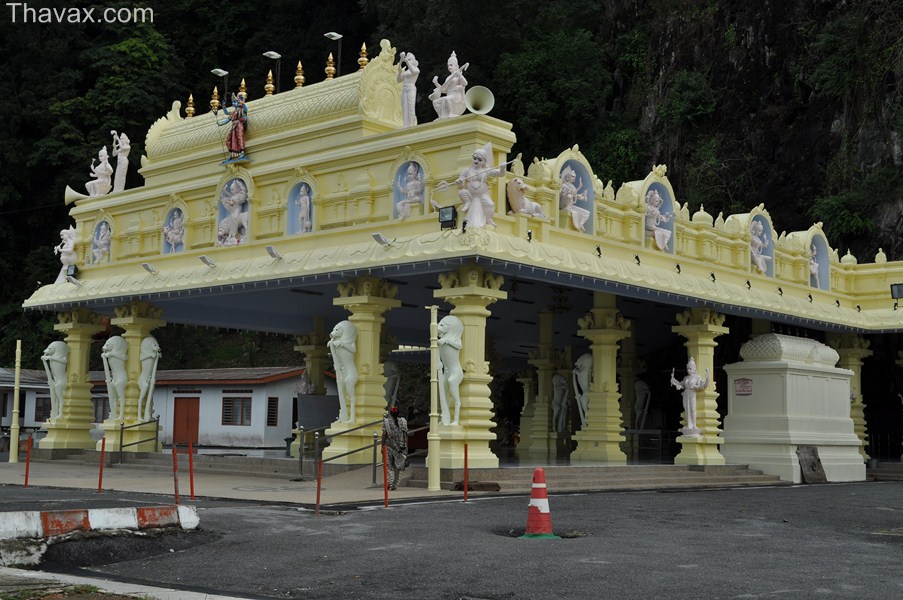
It was disappointing, but sadly not surprising, to see that the area is under threat from quarrying. All of this has been altered as a wake of an Order 89 application filed on 29th January by Associated Pan Malaysia Cement Bhd (APMC) before the Ipoh High Court.
According to a temple committee member, the temple has been registered with the Registrar of Societies (RoS) since 1970. He also stated that the temple applied for a temporary occupation permit (TOL) in March of last year, but it was rejected, and the lease was instead given to Alam Jayamas Sdn Bhd.
Erected multiple sign boards around the hill is an attempt to dissuade people and alert them about future construction. This is certainly inappropriate and people are apprehensive about entering the temple to worship.
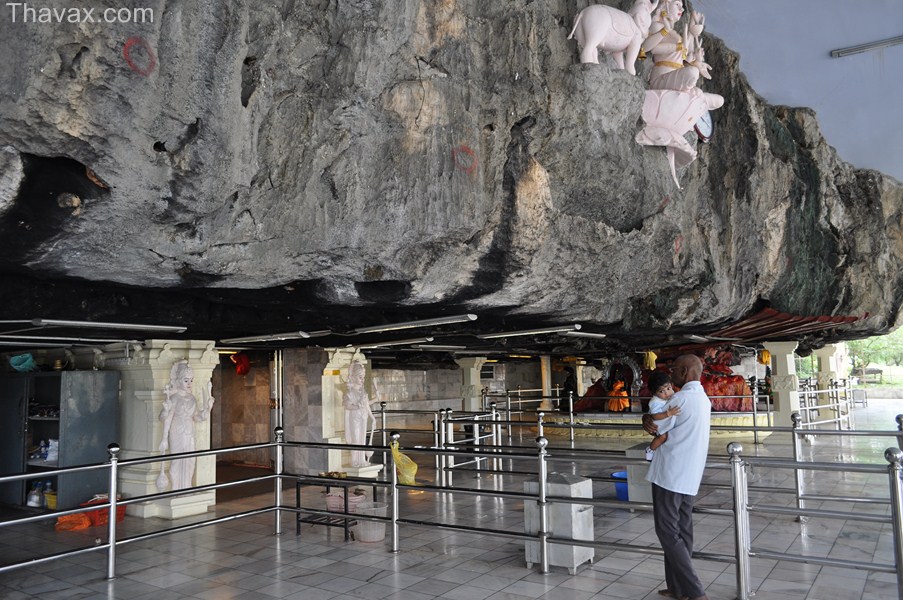
According to several documents shown to The Vibes, Alam Jayamas’ mining lease was registered on 21st July last year and has a 30-year term. The lease’s annual rent is RM1,308 per year.
A temple spokesman seems to think there is some foul play stating,“We were the ones who applied for the TOL first. But, why did the state government grant Alam Jayamas the lease?”
The representative said that the Sri Kallumalai temple worshippers and administration are afraid that they would be evicted soon, despite the fact that Alam Jayamas has yet to take any action against the Hindu temple.
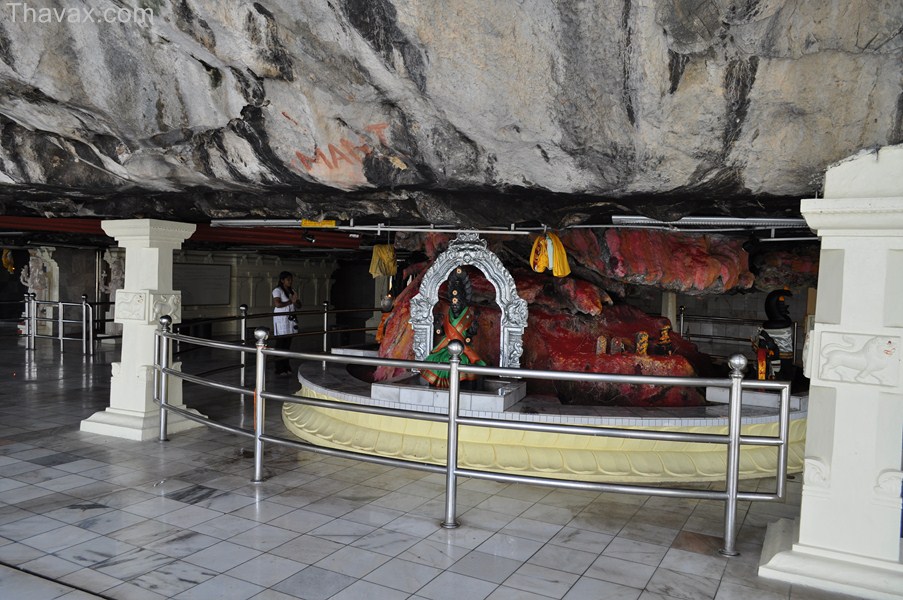
On the other hand, Sakyamuni Caves Buddhist Monastery side of the hill, is facing eviction by a cement firm that is also involved in quarrying.
Kanthan cave is located in a limestone hill which has already been extensively excavated for cement manufacture by Lafarge. Like most karst caves in Southeast Asia, the cave has its own ecosystem.
Site Selection Based on Geographical Formations
The temple site is chosen according to rigorous guidelines. Most of the temples are built near water, in forests, gardens, on mountaintop, valleys, and especially in caves.
Brhat Samhitā outlines:
- The gods always play where lakes are, where the sun’s rays are warded off by umbrellas of lotus leaf clusters, and where clear water paths are made by swans whose breasts toss the white lotuses hither and thither; where swans, ducks, curleys and paddy-birds are heard and animals rest in the shade of Nicula trees on the river bank.
- The gods prefer to congregate amid trees, rivers, mountains, and springs, as well as in towns with pleasure gardens (Kramrisch 4).
It would be most auspicious to build a temple near mountains or caves because of the purity of the sites. However, the temple’s unusual architectural structure makes it a symbol of both mountains and caves.
Follow us on Instagram, Facebook or Telegram for more updates and breaking news.



